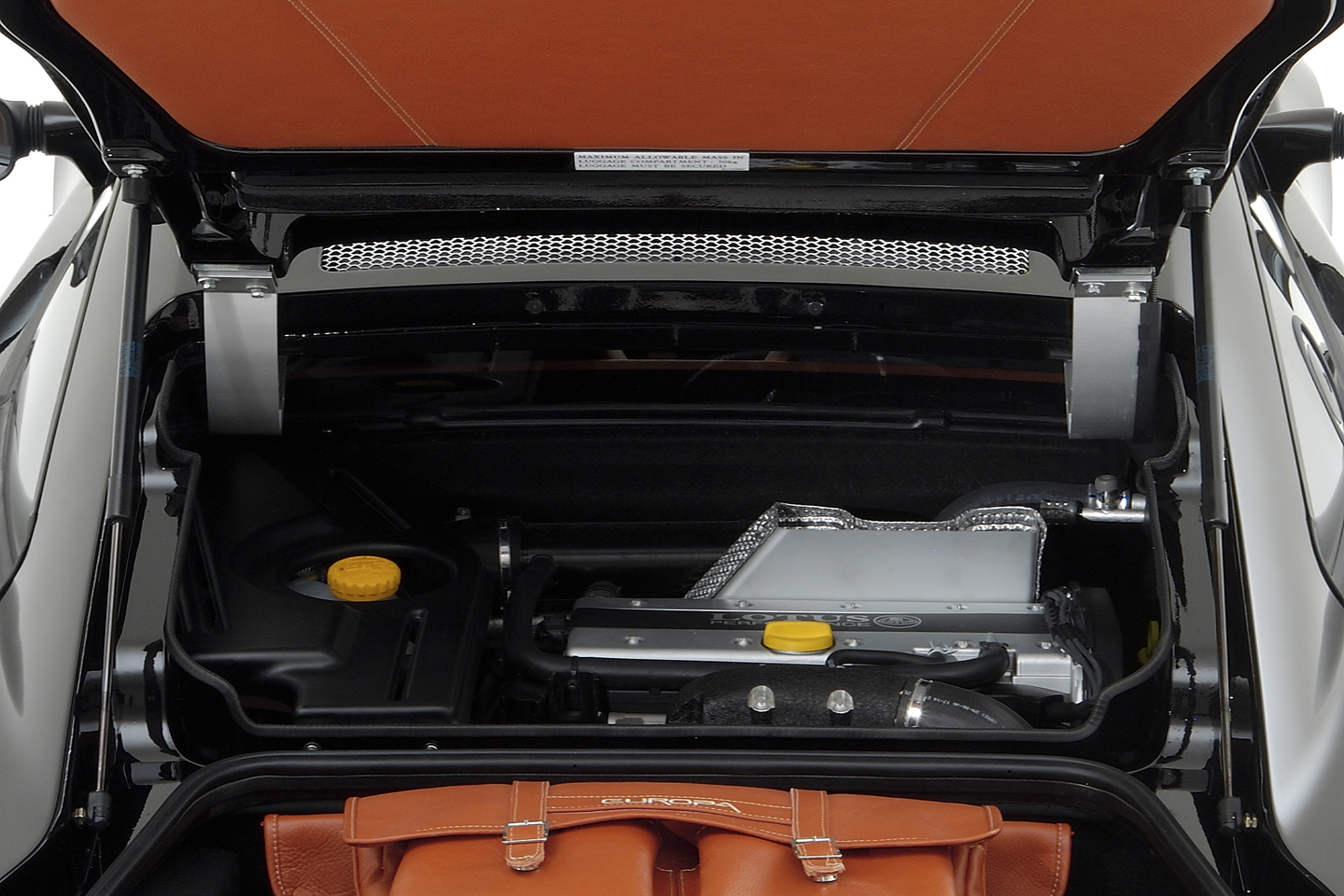Lotus Europa (Type 121) | PH Used Buying Guide
The Europa struggled when new; now it's a rare, fast Lotus that drives brilliantly - if you can find one
Key considerations
- Available for £23,500
- 2.0-litre four-cyl turbo, 200hp, rear wheel drive
- Muddled concept, looks odd from some angles
- It works though, and we found no big common problems
- Short-run rarity interest (especially the SE)
- Ownership will be fun and (you’d think) cheap at the very least
Here’s one you might have forgotten about, or maybe never knew about in the first place – the Lotus Europa. Not the featherweight 1.5 Renault-powered ‘breadvan’ of the 1960s and ‘70s, but the turbocharged Vauxhall 2.0-powered Type 121 Europa S and SE produced over a four-year period from 2006.
The original ‘new Europa’ plan was for Proton to build it in Malaysia, stick their badge on it and lob it in the showroom as a traffic-generating halo model, but they changed their minds on that. It ended up being built in Norfolk as a softer, plusher, quieter, slightly larger, grand touring-y variant of the Elise/Exige.
Lotus added some length to the wheelbase of the Elise’s extruded aluminium tub/double wishbone suspension chassis to give the Europa an extra four inches of length and the space it needed to appeal to an as-yet-unidentified market. ‘Business class by Lotus’, the company’s ads said hopefully. Engine-wise, instead of a pushrod French chugger the new Europa S used the Ecotec Z20LER 200hp 2.0 turbo previously seen in the VX220. For some, the Europa was closer to the VX220 than it was to the Elise.
Lotus wasn’t thinking about the VX220, however. They were hoping it might be seen as a credible rival to the Audi TT. The leathery cabin was certainly more luxurious than that of the Elise or Exige, though in fairness that wasn’t saying much. Access to it was easier for less youthful passengers, too, thanks to a new higher roofline and lower sills which expanded the entry aperture by 55mm. Even with extra equipment like air-con, audio and - would you believe - carpets, the extruded/bonded chassis Europa S still managed to come in at under a tonne, so it kind of adhered to the Lotus lightness ethos, even if it was actually 135kg heavier than the Elise.
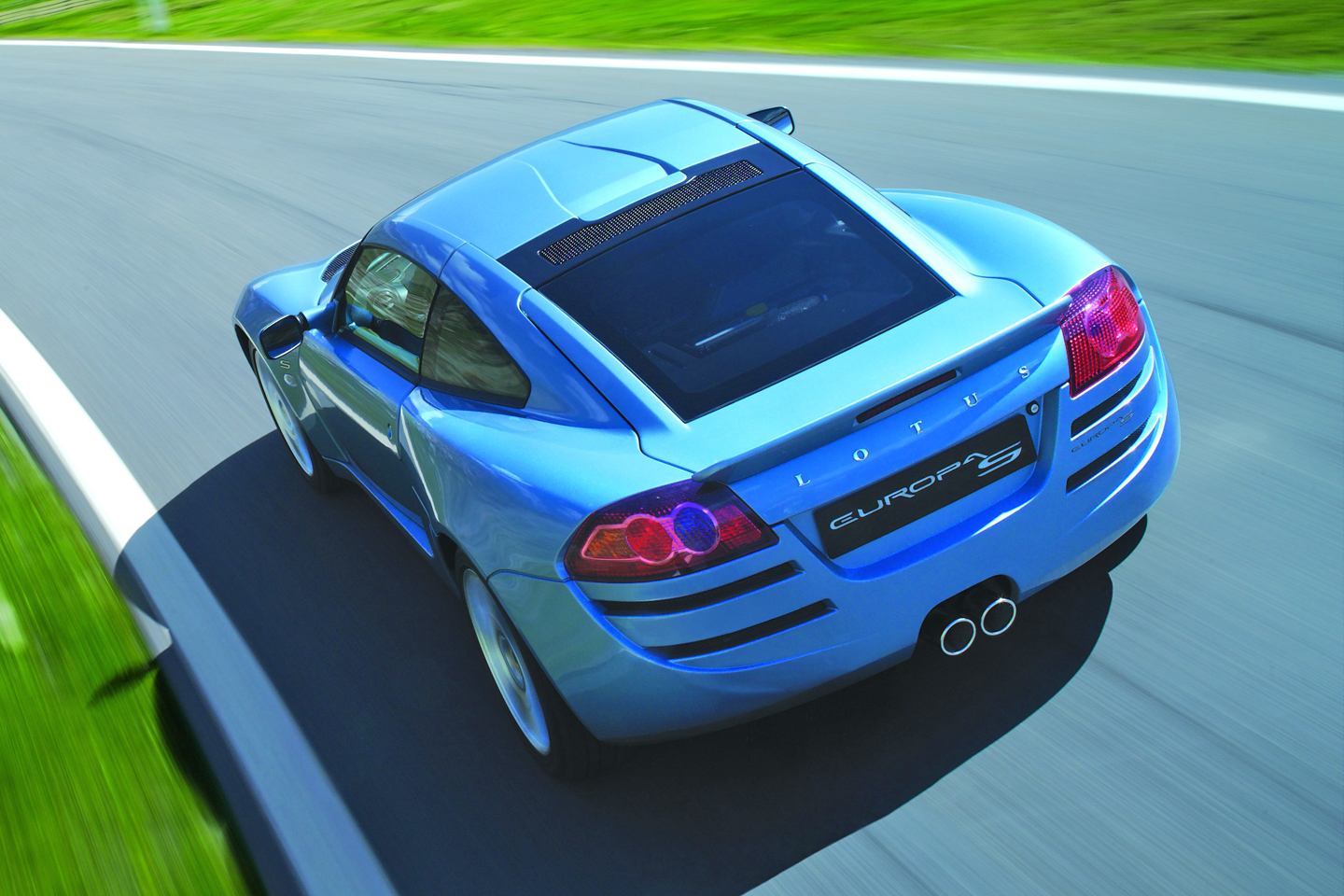
The original ‘60s/‘70s Europa is now a classic, a fact reflected by the ‘POA’ prices usually appearing on classified ads. Secondhand 121 Europas are a lot more attainable despite being a lot rarer than the ‘60s car, with just over 500 Ss and SEs built compared to the 9,200-plus of the Chapman-era car. In fact, you might be amazed at just how attainable they are. There was certainly a fair bit of eye-rubbing here when we checked the prices.
So far so good, but the Europa S did have issues. From some angles it looked a bit weird. Second, nobody really knew who was supposed to be buying it. It was bigger on the inside than an Exige or an Elise, but older drivers were still going to find entry and exit something of a trial compared to, say, a BMW Z4. Plus, with all due respect, mature buyers were unlikely to key into the ‘TT rival’ idea when it was being presented to them by a company like Lotus, which to many older motorists still stood for Lots Of Trouble, Usually Serious. Younger drivers, for their part, wouldn’t be looking for softness in any Lotus.
The third issue was price. At £33k the Europa S was hard up against the Porsche Cayman at just over £36k. You can see why nobody bought the Europa S. Well, not literally. 456 people did.
In 2007 a Luxury Touring Pack with higher-grade leather become a £1,250 option on the S. It also turned out to be a harbinger for the next step in the Europa’s short career, the SE, which was unveiled at the 2008 Geneva show for the 2009 model year. Lotus development guru Roger Becker had been given the task of injecting a final squirt of life into the Europa project. With a boostier turbo, a revised ECU and new spark plugs, the SE put out 225hp and 221lb ft at 4,000 instead of 5,000rpm, lowering the 0-62mph time from 5.8sec to 5.3sec and lifting the top speed from 143mph to 146mph. On the chassis side, SEs had lighter wheels, stronger springs, different damping, softer ARBs, lower ride height and bigger AP Racing brakes at the front, up to 308mm from the 288mm discs that remained the default size for the rears. The SE also had the posher-leather Luxury Touring Pack, and the boot was enlarged.
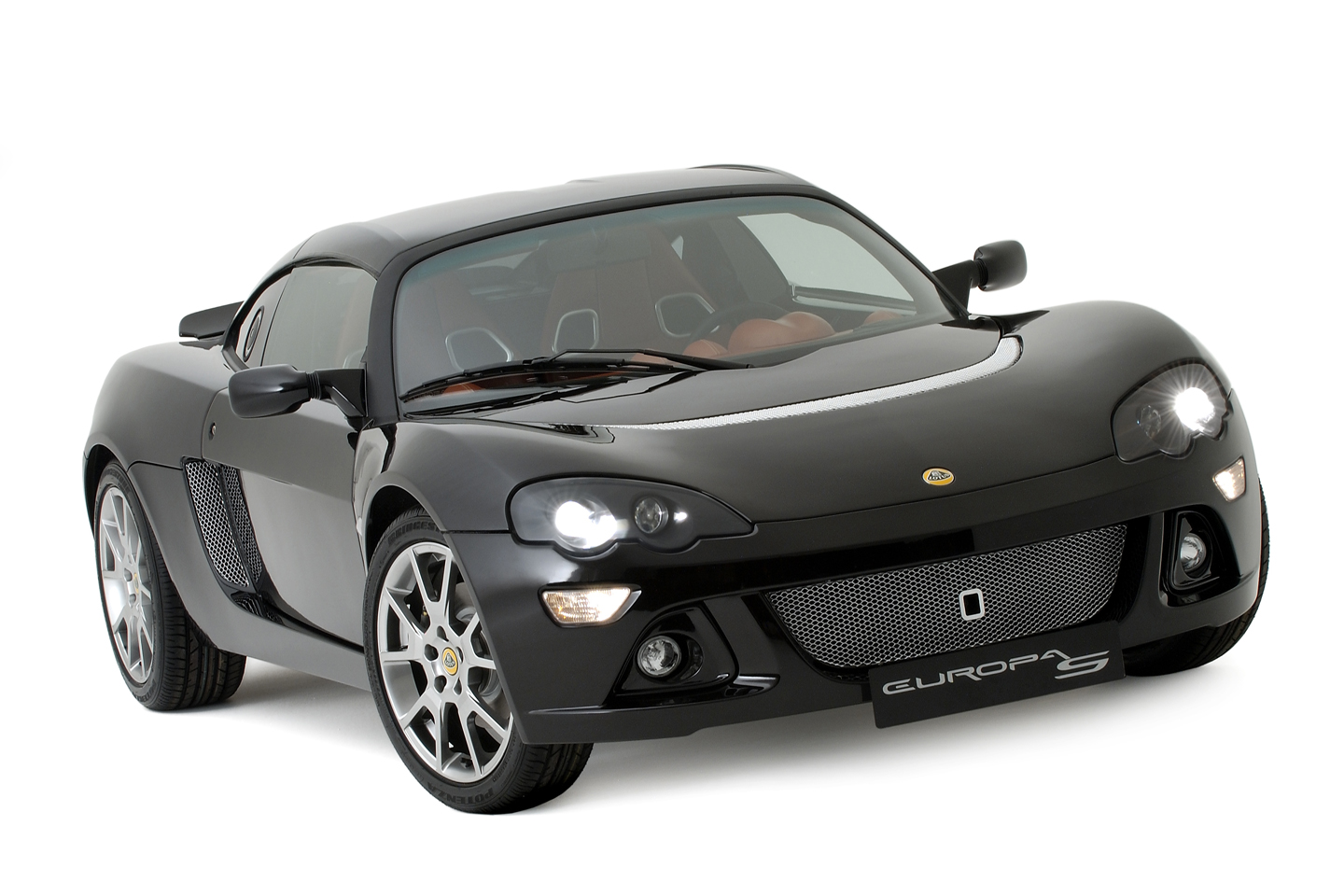
Becker’s input succeeded in dialling out the Europa S’s understeer and produced a vehicle that was noticeably quieter and better on the road than the S. Better yet, or worse if you’d already bought an S, Lotus realigned its pricing so that the SE’s new price in 2009 was the same £33k that the S had been three years earlier, with remaining Ss dropping to £27,950, angering early adopters who wondered why Europas hadn’t been priced at that level to start with.
It also seemed a shame that all Europas weren’t SE-spec from the start. In 2009 Lotus had been hoping to sell 200-300 SEs, but in the end only 48 of them made it out of the factory, so it’s a rare car by any production standards. When we were putting this guide together, we couldn’t find any for sale in the UK or in North America, where emissions restrictions meant it was never officially sold. There again, you could create your own SE by taking an S and applying the Becker mods. At least one owner has done just that. He reckons that the handling of his ‘faux-SE’ is better than that of his Elise 250 Cup. Perhaps as a sop to angry S owners, Lotus itself offered a package that would upgrade the S to SE levels of power and braking.
Although a total run of 500 or so cars sounds like a limited edition, it’s a fair assumption that Lotus would happily have sold more if you lot had queued up to buy them. Unsure of the proposition, you didn’t, and that uncertainty lives on in today’s Europa-selling market, which is slow despite the rarity of the model and the fact that prices have risen. In 2012 you would be paying £15k-£16k for a high-mile S. Ten years later a similarly leggy S will be advertised for £23k, while low-mile 2008 cars will be pitched nearer to the new-car figure of £33k.
There’s an argument that says these 2023 prices are too high because cars seem to be sticking around even though there are only a handful of examples on sale at any one time. It’s a small volume car, which should add interest and maybe value, but the ‘what’s that?’ nature of it makes the market small too. Right now, some owners are trying to get out of Europas in order to get into the Emira order book. Factors like these could give you, the potential Europa buyer, some useful leverage. Do you want to exercise that leverage though? Let’s see.
SPECIFICATION | LOTUS EUROPA S/SE (2006-10)
Engine: 1,998cc, four-cyl turbo
Transmission: 6-speed manual, rear-wheel drive
Power (hp): 200@5,400rpm/225@5,700rpm
Torque (lb ft): 201@5,000rpm/221@4,000rpm
0-62mph (secs): 5.8/5.3
Top speed (mph): 143/146
Weight (kg): 995
MPG (official combined): 30.4/28.8
CO2 (g/km): 220/229
Wheels (in): 17 (18 on rear of SE)
Tyres: 175/55 (f), 225/45 (r), for S
On sale: 2006-08 (S), 2009-10 (SE)
Price new: £32,995 (S in 2006)/£32,995 (SE in 2009)
Price now: from £23,500
Note for reference: car weight and power data are hard to pin down with absolute certainty. For consistency, we use the same source for all our guides. We hope the data we use is right more often than it’s wrong. Our advice is to treat it as relative rather than definitive.
ENGINE & GEARBOX
The Europa’s light weight and turbo power meant that, not only was it never short of performance in either 200hp S or 225hp SE guises, it was also high-geared enough to cruise and poky enough to make overtaking a simple matter of dropping down from 6th to 5th and leaning on the throttle. That was especially true in the SE, a car that had the same torque to weight output as a Ferrari F430. Even the S produced 90 per cent of its maximum torque at 2,000rpm. Helpfully the Getrag 6-speed box was snicky and light.
One user’s ‘relaxed’ might be another user’s reluctance to rev. Although the Vauxhall motor was less buzzy than the 111R Elise’s 189hp Toyota engine, it wasn’t particularly exciting. On some Europas at least, the throttle felt like it had fallen foul of the same softening regime as the rest of the car, with not much of the sharpness that you’d expect in a car of this type. The Vauxhall engine had a tendency to hang on to revs more than you’d like. Its fuel consumption wasn’t really on point, either, with an official average of just over 30mpg for the S and just under 29mpg for the SE.
The good thing about the engine’s Astra origins is that parts are easily and cheaply available if you know how to ask. There’s a very good Europa owner’s gathering on Facebook that will tell you what to do when the man at the garage says he hasn’t got an air filter for a Europa (answer: get an Astra H one for under £12). The proletarian background means that tuning is on the cards, too. Assembling the right parts – like a VXR hybrid turbo, injectors and clutch, uprated chargecooler, bigger air flow pipes and meter, the right chip – should get you up near the 300hp mark, with a matching torque lift. 600hp and more has been achieved. Removing the balancer shafts from the engine adds ‘free’ power but it can also add a nasty vibration at 4,000rpm.
Europa servicing is on a 12-month/9,000-mile basis. Official service dealers like Bell & Colvill in Guildford offer a choice of fixed price servicing or service plans but there aren’t that many of these service dealers in the UK. It’s hard to tell the exact number from the Lotus website, but it’s in single figures. This thin geographical coverage might saddle some owners with higher travel costs in order to ‘stay official’. Independent specialists are more plentiful and will of course be cheaper. Phoenix Motorsport in Accrington have a good rep. For those considering doing some home maintenance, the Gates-branded timing belt kit including the water pump is recommended by those in the know. It can be obtained from firms such as Parts in Motion for £126.
We say this in almost every buyer’s guide on cars that aren’t likely to be used as dailies, but if you have any trouble starting your Europa or encounter any general weirdness your first port of call should always be the battery to check on its condition. Smaller lithium replacements are a good choice on cars like these.

CHASSIS
Whether you liked the look of the Europa or not, it was hard to argue about the engineering beauty of the bonded chassis. Matching that up to Bilstein shocks and Eibach springs gave honest, reactive agility and excellent ride comfort. The steering was unassisted but the need to haul on the wheel when parking was a small price to pay for pin-sharp placement on the move.
Even though we’ve found no evidence of this being an issue on the Europa, we’re going to pass on the same cautionary tale about chassis integrity caused by galvanic corrosion as we have done in previous Lotus buying guides. In case this is a waste of internet breath, if there is such a thing, we’ll just link you to the Elise S2 guide here so that you can choose whether or not to frighten yourself. The scary stuff is in the Chassis section.
As far as we know, the mechanical limited slip diff that was offered as an option on 2006-on Elise S2s was never added to the Europa options list, but if any car could manage perfectly well without an LSD it was this one. Lotus didn’t deem it necessary to fit an LSD as standard equipment on any production car before the Evora 400. Europa braking (with anti-lock) was powerful. If the ABS warning light came on, intermittently at first but then full-time, this could often be traced to a snapped or corroded wire to the wheel hub.
The drop link tab on the wishbone could tear off when using stronger than standard ARB settings. In early 2023 the UK aftermarket outfit Type 116 Motorsport put a brace on the market which supports that tab. Picking up on the original bolt holes from the damper and the droplink, it fits into place with no other modifications needed. Rear road springs for the SE are no longer available from Lotus but one fix is to use the springs from the Elise Cup, which ran the same front springs as the SE. These should be under £90 a corner from Lotus.
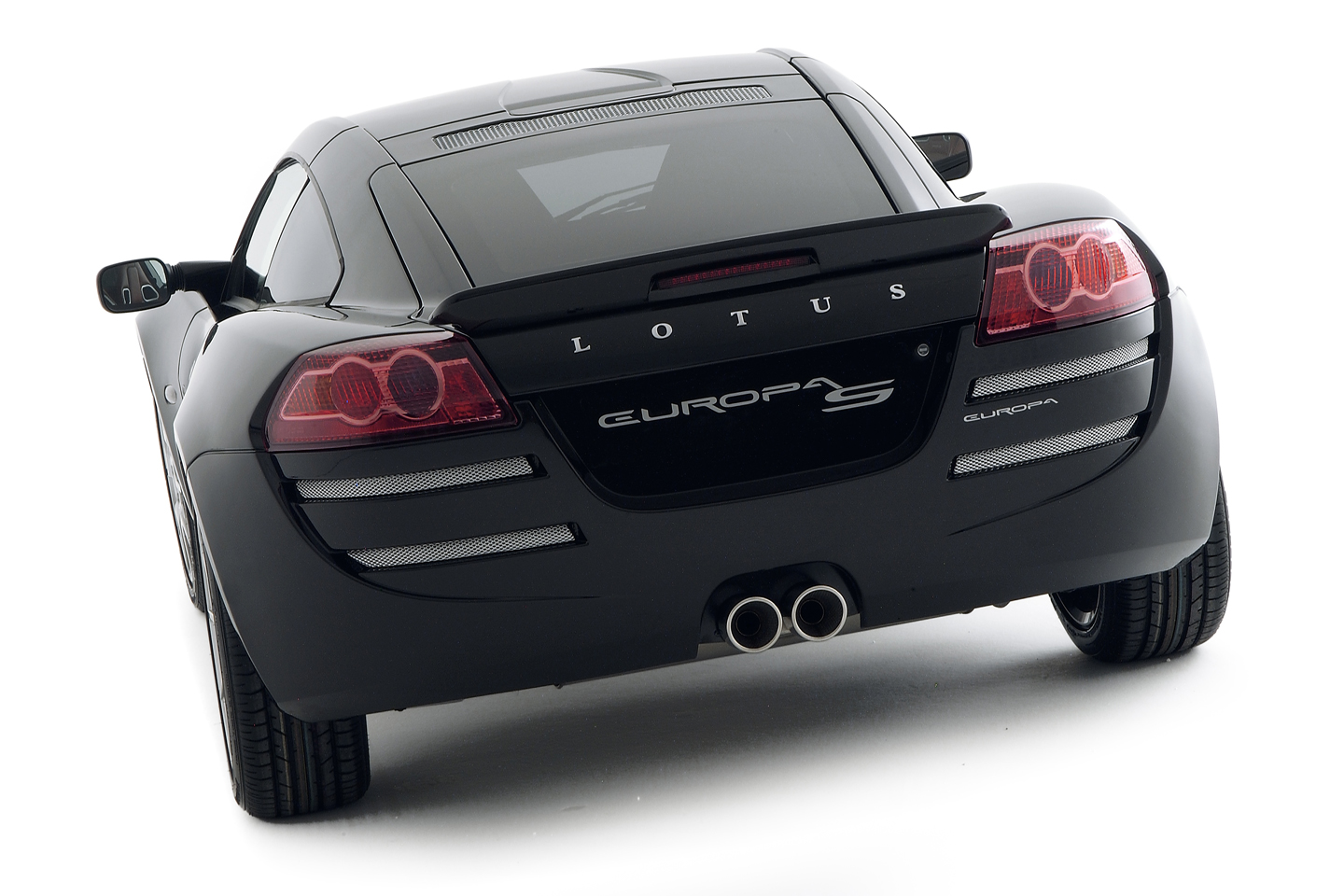
BODYWORK
Europas don’t always photograph that well. They look better in the flesh, although by common consent you wouldn’t want a Europa in white. As usual, its body was fashioned from glassfibre with the front bodywork being a single piece, or clamshell. Look hard for even the smallest chip, deformation or ‘spider-web’ stress crack on any car you’re thinking of buying, because if these blemishes are left unattended they will grow, as will the size of your repair bill. Don’t try to cut corners, or you’ll finish up with a lashed-up look that won’t go well for you at resale time.
A squirt of washer fluid would usually end up smearing the screen because the single wiper invariably put in too many strokes. If the screen was wrecked by a stone, the good news was that an Elise screen would fit. Windows were electric. Central locking modules routinely failed, not just on Europas but also Elises and Exiges. The door mirrors will almost certainly vibrate at idle.
The wobbly-edge headlamp units do date the car somewhat. These lights are no longer available from Lotus or its dealer network, but the elliptical driving lamps are.
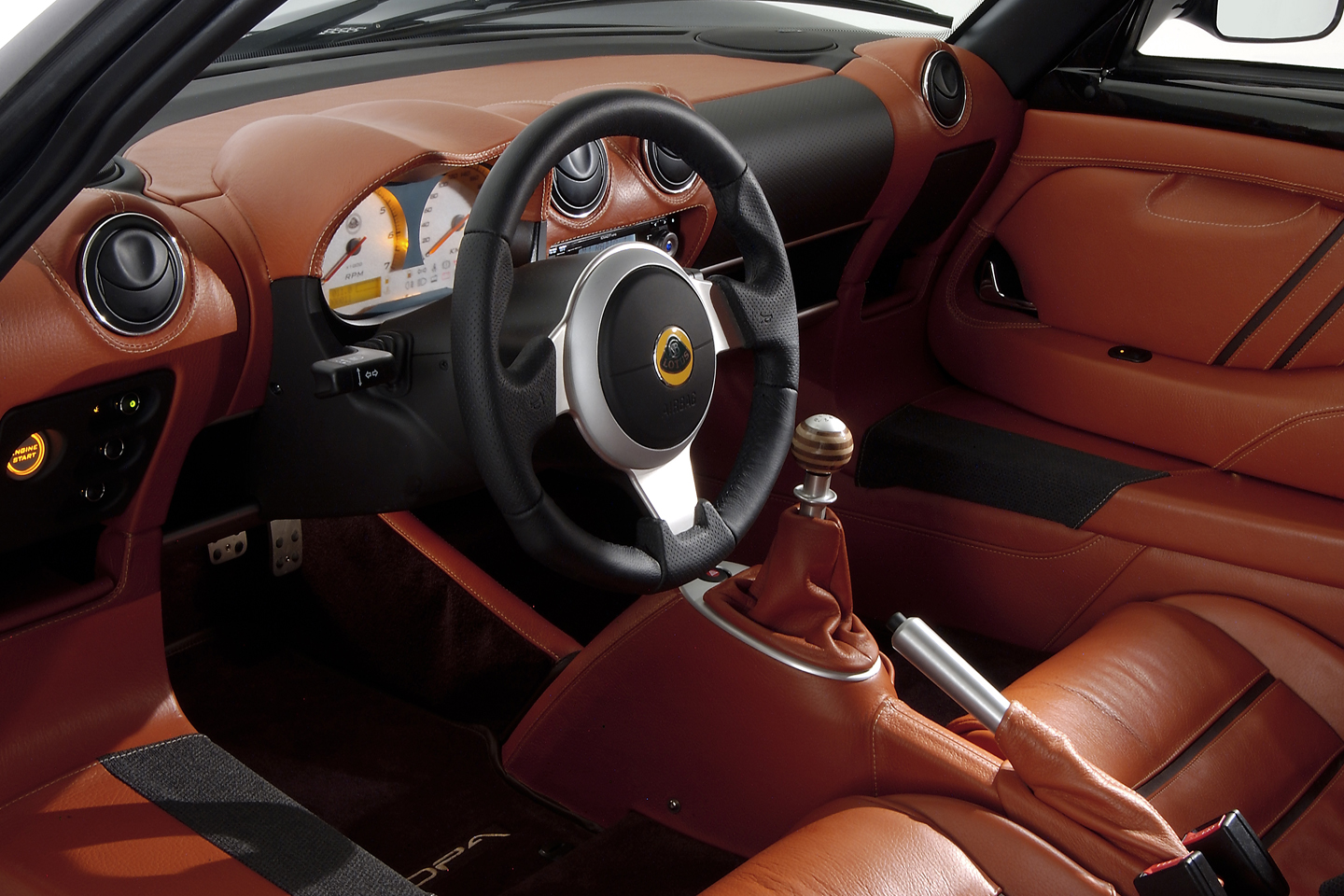
INTERIOR
Lotus was keen to pitch the Europa as a grand tourer. Relative to the Elise or the Exige its environment was indeed luxurious, and the SE was even more ‘refined’ than the S, but at the end of the day the Europa was still a small vehicle with a small, quite noisy cabin, and it felt even smaller with the extra stuff in it.
One road tester found the hard-ish fixed-back seats a little wearisome on long drives, but actual owners who took their Europas on long drives seemed quite cheery about the experiences they were having. Air conditioning helped to ease away the miles. The compressors didn’t last for ever, though, and they were pretty noisy when they were working, contributing to a general hubbub that might have seemed miraculously serene to Elise owners but not to owners of ‘ordinary’ cars like the TT or Cayman. Still, the brave efforts of the Europa’s Blaupunkt radio/CD player/sat-nav to make itself heard were quite successful, and the SE’s audio was a step up on that.
Most 2006 Europas had key starts. By 2007 most were on the button, but Lotus’s production procedures meant there was no hard and fast rule on that. Some start buttons developed an annoying flicker which was made more annoying when you found that the service guidebook thought that your car had a key start.
The gearlever surround might move around a bit as you waggled the stick. The ‘cupholder’ just below that was a Velcro flap which worked better than you might think. Boot space under the glassy hatch was 50 per cent bigger than that of the Elise/Exige, which sounded great until you realised it was still a thought-provokingly compact 42 litres. There were no door pockets, and the steering column wasn’t adjustable.
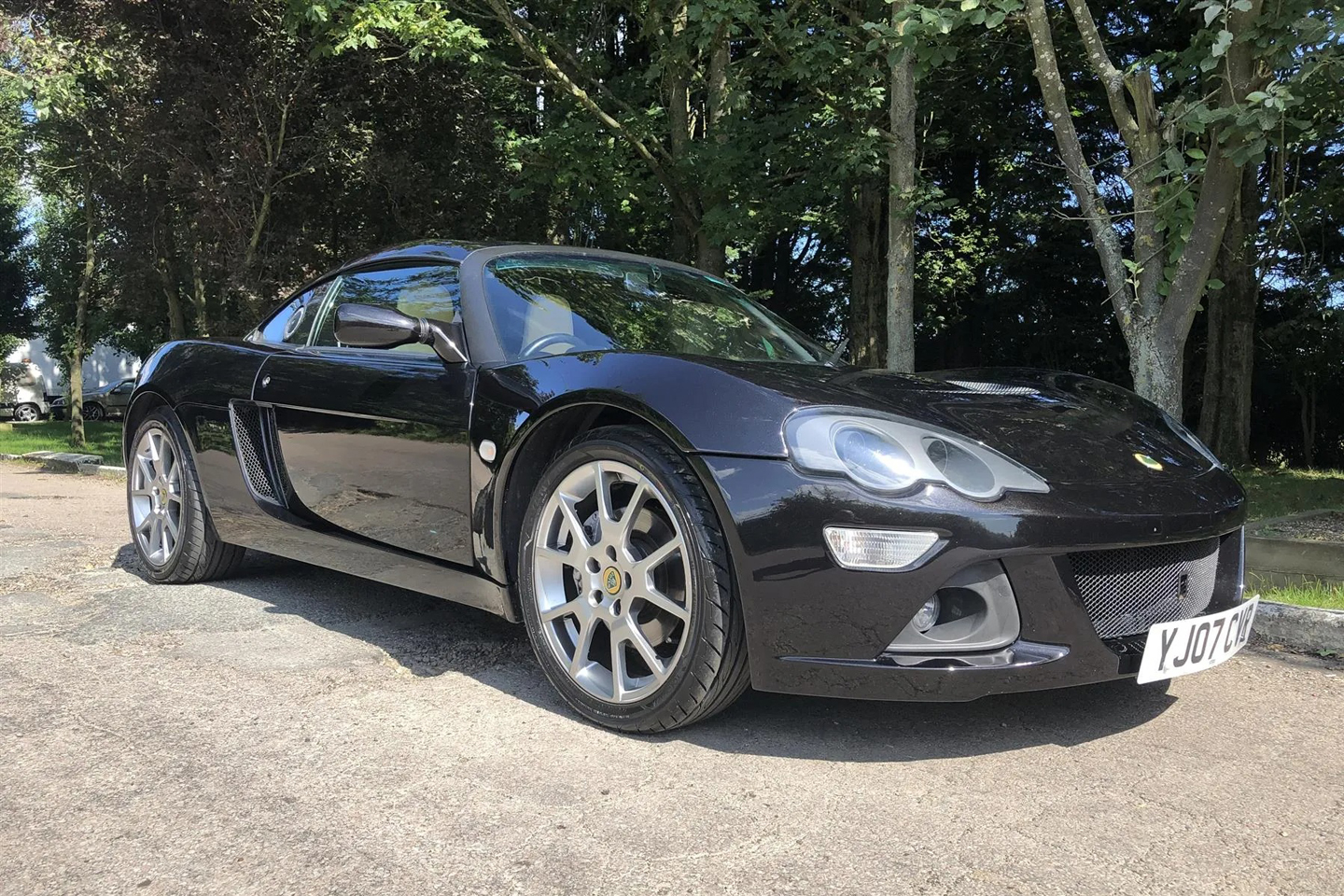
PH VERDICT
The Europa S, and the SE especially, strike us as hidden gems. They’re so far under the radar they’re practically invisible. In the case of secondhand SEs they actually are invisible. We found no SEs for sale anywhere in the course of our research. If you get a chance to nab one at the right money you should think very carefully before turning it down. Not only is it a better car than the S, which means it’s a very good car indeed, there are fewer than fifty real ones on the planet.
We found just one S on each of the two big online selling sites outside of PistonHeads. Not blowing the PH classifieds trumpet in any way, but there were four Ss to choose from on here at the time of writing. It’s still not a lot, but then again not a lot were made in the first place.
Remember we said at the beginning that you might be surprised by Europa prices. How does under £15,000 sound? Admittedly for your £14,750 you’ll be getting a 72,000-mile Cat N car that seems to have lived a life. There’s front-end damage but the salvage dealer is up front (sic) about it. They’ve done the homework on the parts required, which add up to around £3,100, and they’re also offering to do the repair work at an unspecified cost for anyone who wants to jump in and buy it.
As far as we know the next least expensive Europa needs no remedial work, but the mileage is high at 97,000 and again it looks like the private seller has had plenty of fun with it, mentioning two class wins in sprinting. Lots of go-faster bits have been fitted to help achieve that. 97k with track use to boot suggests that these cars will take the miles. £23,500 is being asked. From the same year but with no racing history and a much smaller number on the odometer is this 38,000-miler at £27,995 (pictured). At the top of the PH price range, £32,500 buys this clean 14,000-mile two-owner car in Polar Blue with black leather.
I have to say, I loved the Europa, it had the engine the Elise should have always had. Yes, being a turbo there was that risk of the back end lighting up when the turbo spooled up, but the torque advantage made for a much nicer car to drive over distance. The Europa he had came with upgraded coil overs, so the handling felt very similar to that of the Elise and it was certainly a nicer place to be, but still felt very Lotus.
There was clearly more attention to detail and build quality than there was on the Elise, but it's a long long long way from the TT rival. It would still creek and rattle, but not as much as an Elise.
I thought the car was absolutely fantastic though and loved it, certainly a very different and rare future classic for what seems like decent money in this day and age.
For anyone moderately co-ordinate and flexible it'd probably be fine, and definitely worth it. It was fabulous to drive.
I need a bigger garage….
For anyone moderately co-ordinate and flexible it'd probably be fine, and definitely worth it. It was fabulous to drive.
That CAT N one for sale would make a great Brave Pill. As long as you aren’t worried about resale would make a perfect project for ‘improvements’.
Thought I had read it somewhere, they were both made on the same Hethel production line
Who would buy one knowing that?
Not being able to get parts is inevitable with rare cars so you just accept that as part of the equation.
Gassing Station | General Gassing | Top of Page | What's New | My Stuff


